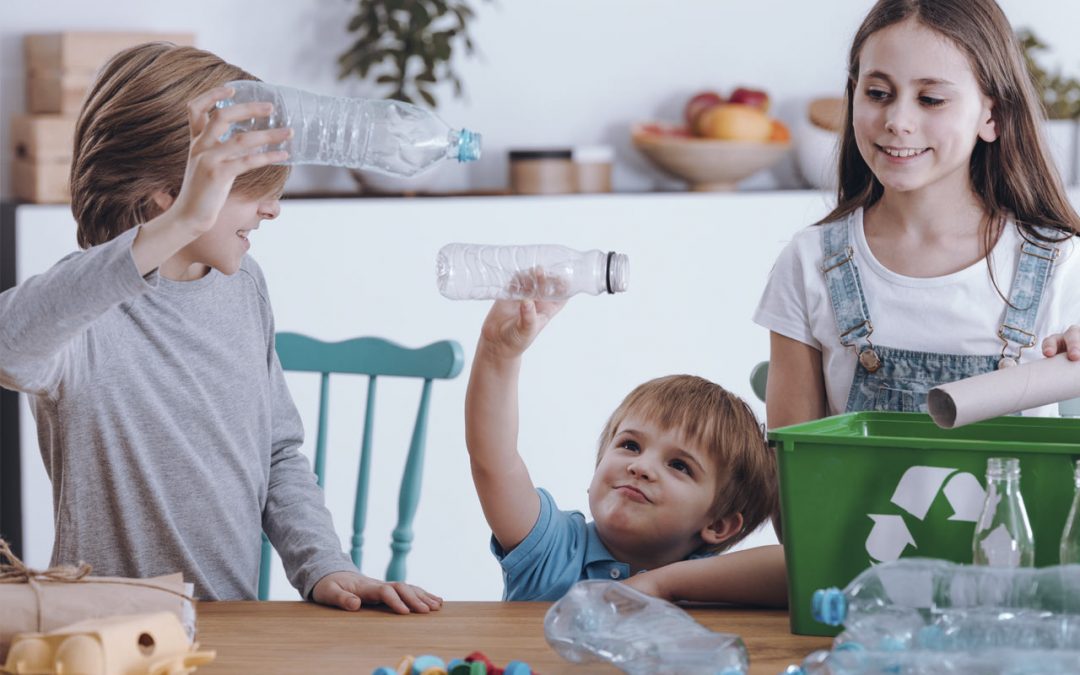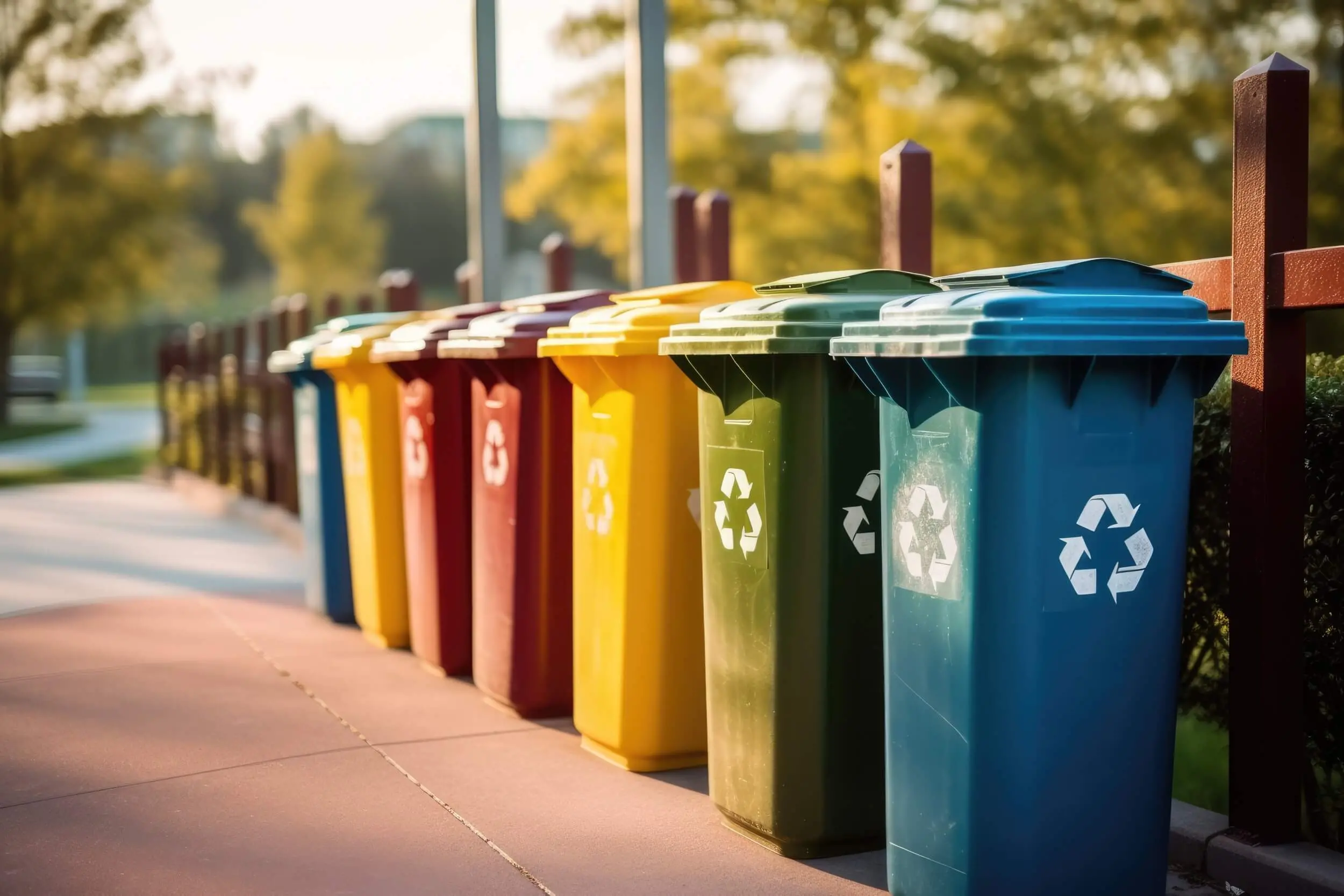Educate While You Celebrate

Christmas is a great opportunity to teach children about recycling in a practical and fun way. Organize activities where they can actively participate, such as sorting plastics by type or cleaning containers before recycling them. You can also make crafts with recyclable materials, such as creating Christmas decorations using plastic bottles or container lids.
Additionally, take the time to explain what happens to plastics once recycled, showing concrete examples, such as how water bottles can be transformed into new bottles or textile fibers. This not only helps the environment but also instills values of sustainability and environmental responsibility while the family enjoys time together.
Incorporate Recycling Into Your Daily Routine
Recycling should become a daily responsibility and a natural part of your activities. Start by setting up an efficient system at home. Dedicate a space for sorting waste, such as a corner with specific containers for plastics, paper, glass, and organic waste. Ensure every family member knows how to use the containers, especially the yellow container for recyclable plastics.

To maintain the habit, use practical tools, such as visual labels on containers and weekly reminders. Engage children by assigning simple tasks, like sorting containers or ensuring they are clean before recycling. Regularly take the waste to the nearest recycling point.
Finally, extend the habit beyond the home. Participate in local initiatives and encourage your neighbors to join the effort, creating a collective recycling culture that drives positive change in the community.
Reduce and Reuse Before Recycling
The best plastic is the one that is never used. Reducing consumption is the first step towards sustainability. For example, choose reusable bags, kraft paper, or fabric wraps instead of disposable plastics for your gifts. Prioritize products with minimal packaging or recyclable containers to lessen your environmental impact.
Reusing is also essential. Use sturdy plastic containers to store food instead of disposable wrap. Christmas decorations can also have a second life: create homemade decorations with recyclable materials, such as plastic bottles or cardboard.
By choosing durable and reusable products, you also promote more conscious and sustainable consumption, contributing to a lifestyle that reduces waste generation. These practices not only benefit the environment but also generate long-term savings, fostering a personal commitment to caring for the planet.
What Happens to Recycled Plastics
The recycling of plastics is a complex process that transforms waste into new raw materials for various industrial uses. Once collected and sorted in recycling plants, plastics go through several stages to ensure effective reuse.
- Initial sorting and cleaning: Collected materials are separated by type and quality using advanced technologies such as near-infrared (NIR) sorters and densimetric separators. This step ensures only recyclable plastics proceed to the next stage. Additionally, residues undergo intensive washing to remove food remnants, adhesives, or contaminants.
- Shredding and granulation: Clean plastics are shredded into small fragments, which are then melted and molded into recycled granules or pellets. These pellets, like rPET (recycled polyethylene terephthalate) and rPE (recycled polyethylene), serve as building blocks for new products.
- Reuse in final products: Recycled pellets have diverse applications, for example:
- Food packaging: trays and bottles made with rPET.
- Textile industry: fibers for clothing or upholstery.
- Automotive industry: internal components and insulation.
- Construction: pipes or insulating panels.
This approach ensures the material has a second life, minimizing the need for virgin plastic production and significantly reducing the environmental footprint of plastic consumption.
This Christmas, in addition to sharing special moments, you can help protect the planet by adopting these recycling practices. Every effort counts towards reducing waste and promoting a more sustainable future.



